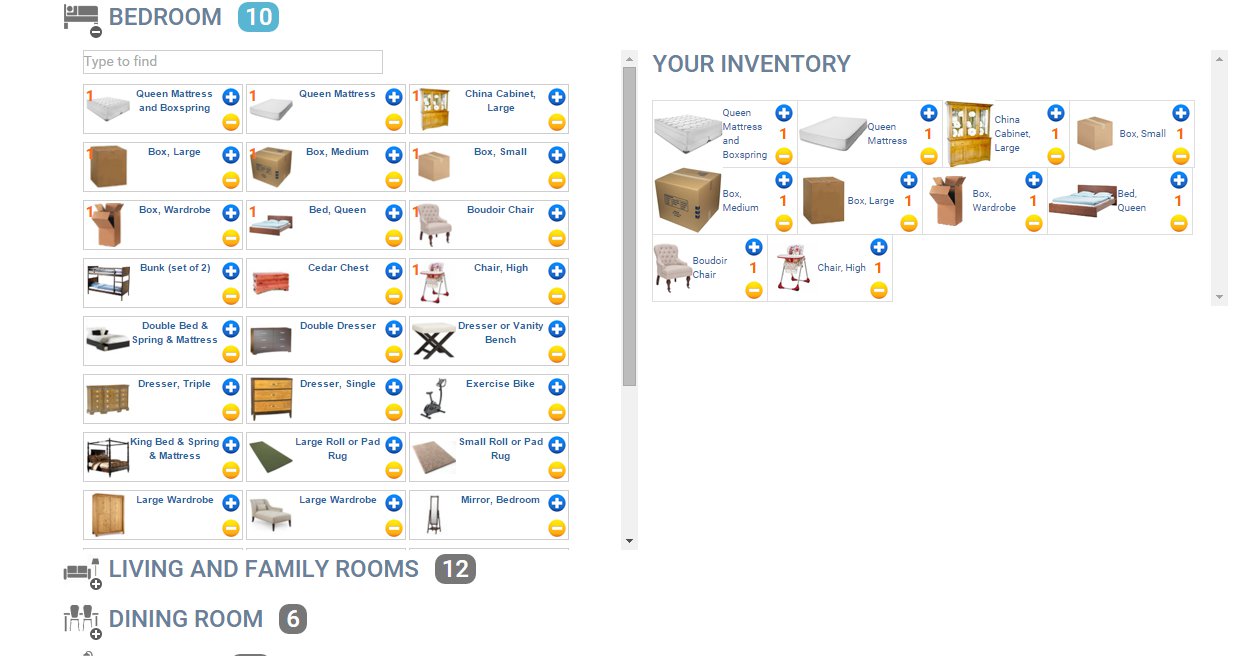How to Pack Clothes for Moving

Packing for the Big Move

- Get Creative with Your Packing
- Vacuum Bags are Significantly Protective
- Organizing Your Boxes
- Use Boxes, Not Suitcases
- Protect Your Valuables in Your Clothes
1. Get Creative with Your Packing
Packing clothes for a move seems like one of the most basic and cliche things that you will have to pack. Knowing the proper way to pack clothing can assist in your efforts to save time and space in your new home. There are many ways to pack clothes for a move, however, some are definitely more effective than others. Many are under the impression that they must use boxes to pack, though that is not always the case, as there are other ways to pack that save time and space.
2. Vacuum Bags are Significantly Protective
In the interest of saving space during the move, you can completely abandon boxes and use another type of packing material instead- bags. You can wither use trash bags or take it a step further by purchasing vacuum bags. These bags are relatively inexpensive, and they allow you place whatever you want in a bag, then vacuum the excess air out, thus condensing the bag and its contents significantly. When you need something from the bag, you simply unzip it and allow air to re-inflate the bag. These bags will also prevent your clothes from falling victim to moths and other insects that your clothes may be susceptible to if you simply toss them in a box.
3. Organizing Your Boxes
You can also get multiple boxes and organize your clothing by material, purpose, or season. This will allow you to organize your closet better once you reach the new home. Organizing clothes by season means you can put winter clothes in the garage if it is summer, for example, thus allowing you to create more space in the closet. Make sure to clearly label which clothing box is which, as to not get confused when you go to unpack them later on in the new home.
Packing up clothes is also a great way to downsize your wardrobe by ridding yourself of clothing that you will never wear again. You can also separate your seasonal clothes from your year-round ones, thus allowing you to put the clothes you don't need in another room once you arrive at the new house.

If you have kids, make sure you remember to pack a change of clothes for them as well.
When packing your clothing, make sure you leave out any clothing that may need to be found easily in the days following the move in, such as clothes you will need for work. You may want to do a little outfit planning ahead of time and make sure you will have
4. Use Boxes, Not Suitcases
The size of the boxes you are using will determine how much space you will actually be saving in your new home. You can utilize the space of larger boxes by neatly folding clothes and stacking them to the top of the box. For clothes that you cannot fold, you can talk to your moving company about getting a few wardrobe boxes, which essentially let you hang clothing on hangers for transport. There is also space available at the bottom of these boxes, which is great for storing shoes, belts, or bags for moving. It is not smart to use suitcases for packing clothing for a few reasons. First of all, it would take a lot of suitcases to pack an entire household’s worth of clothing, Second, you can save the suitcases and pack them full of essentials, such as clothing that you plan on wearing during the move, as well as hygiene products and some bedding.
5. Protect Your Valuables in Your Clothes
If you really want to save space while packing, then you can use the clothes you pack in boxes for another purpose as well. You can protect any valuables you have lying around your bedroom by sticking them in between piles of folded clothing within the boxes. You can also store important paperwork like this, so it does not get lost or damaged during the move.


Add Comment